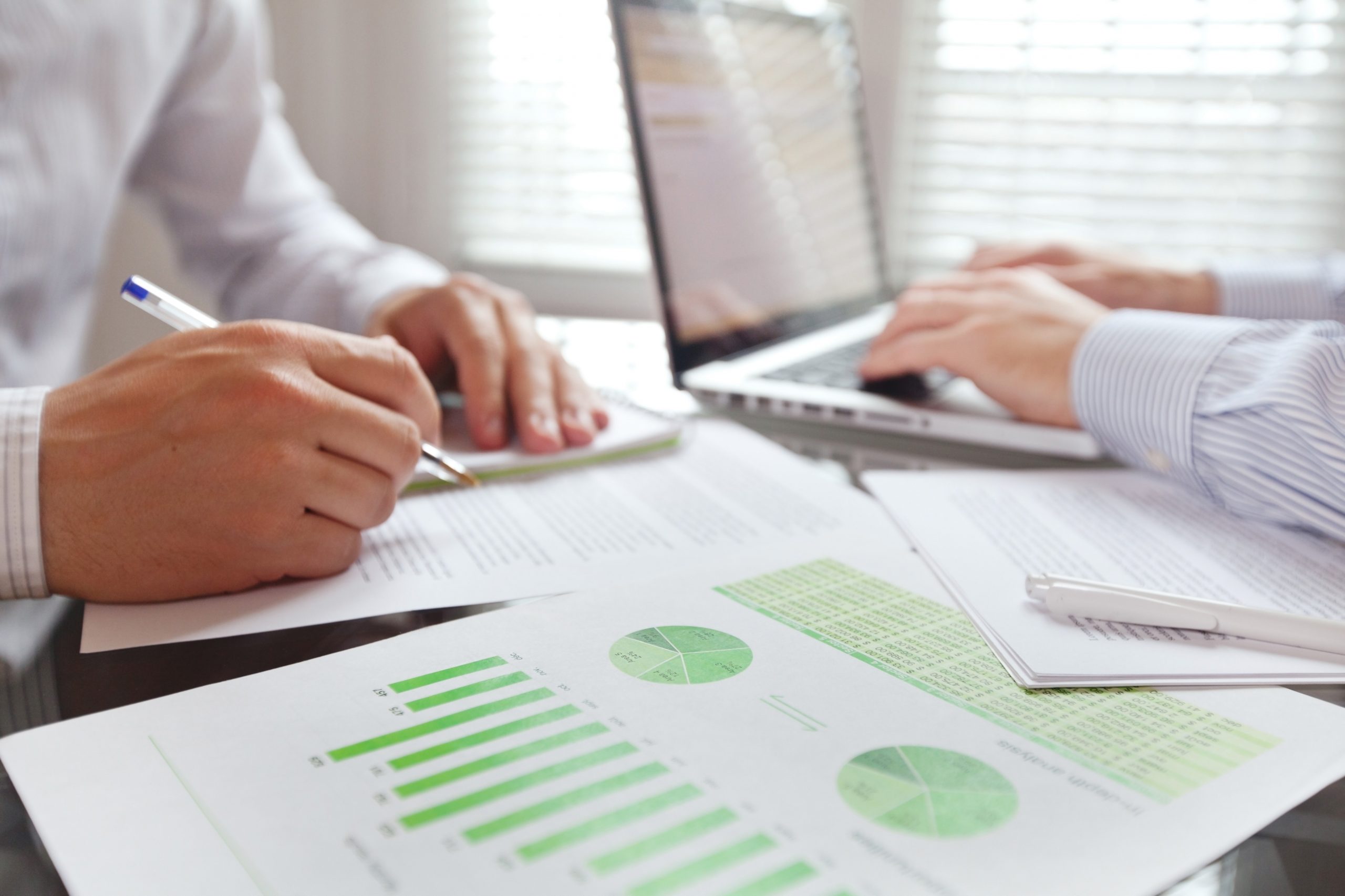Why include sustainable consumption in a purchasing policy?
Sustainable consumption is one of the flagship sustainable development goals adopted by all the member states of the United Nations. Our modes of consumption and production have long been based on the exploitation of the environment and its resources, which continue to have a destructive impact on the planet. While this idea has been widely assimilated by governments and the general public, it is imperative that companies also integrate it into their purchasing policy. It is all about their Corporate Social Responsibility and their economic performance.

What is Sustainable Consumption?
As global warming accelerates, the demand for energy increases, and the world is already experiencing a shortage of resources, it is becoming increasingly urgent that we produce and consume in a sustainable way.
In the Brundtland Commission Report (1987), sustainable consumption was defined as: “the use of services and products that meet basic needs and contribute to improving the quality of life while reducing to a minimum the quantities of natural resources and toxic materials used, as well as the quantities of waste and pollutants produced throughout the life cycle of the service or product, so that the needs of future generations can be met”.
The resulting overriding aim: “to do more and better, with less”. From this perspective, economic growth should no longer be associated with environmental degradation, but rather with sustainable development. We need to change the way we produce and consume, using resources more efficiently and promoting more sustainable models (of governance, lifestyle, and business).
Sustainable Consumption vs Responsible Consumption
Sustainable consumption and responsible consumption are often confused. However, these two terms represent two different concepts.
Sustainable consumption focuses exclusively on the preservation of resources and the environment. Usually, it takes a threefold approach that applies to individuals as well as organisations:
- Buy better: buying more ecologically friendly products, for example
- Consume better: waste less, identify your needs better, etc.
- Throw away less: rethink the end of life of products; recycling, reuse, using second-hand goods, etc.
Responsible consumption refers to the concept of responsibility in the broad sense; consumption that respects the environment and encourages social and economic equity.
Why Gamble on Adopting Sustainable Consumption?
By integrating this notion of sustainability into their agenda, purchasing departments will derive three main benefits.
A Reduction in Costs
Under this approach, companies take a closer look at the total cost of acquiring their products and services. They will formulate a plan to reduce their energy costs (water, electricity, etc.) or even limit their own consumption.
A Reduction in Risk
By taking sustainability into account in their purchasing policy, companies can protect themselves against certain risks, particularly in terms of their corporate image and procurement, which could have a financial impact on the value of the brand.
An Increase in Income
Companies can earn additional revenue through innovations in green products and services, increased prices, or recycling programs. Many companies are seeing an increase in their turnover thanks to their new “green” offerings!
The Real-World Case of PepsiCo
Following the precept “doing more and better with less” can undoubtedly be financially advantageous for companies. The case of PepsiCo and its environmental sustainability programme is very telling.
A few years ago, PepsiCo announced that it had reduced its water consumption by 26%, compared to the reference threshold identified ten years earlier. The American multinational, specialists in the agri-food sector, had exceeded its target, which had been initially set at 20%. In addition to the positive impact on the environment, PepsiCo also said it saved more than $80 million in four years, thanks to its water conservation measures.
As part of a much larger environmental sustainability agenda, this project has saved the company more than $600 million over five years, thanks to its continued progress in water, energy, packaging, and waste reduction.
Al Halvorsen, then the Senior Director of Environmental Sustainability – Global Operations, told the media: “Conserving water across our global enterprise can have a huge impact on our communities and our planet. From a business perspective, these efforts help us lower our operating costs. By doing more with less, we are able to increase our agricultural yields, strengthen our water infrastructure and deliver cost savings.”
The Circular Economy, a Lever for Sustainable Consumption
The circular economy aims to make better use of resources to limit waste and its environmental impact, in a sustainable way. This concept is the opposite of the linear economy, which is based on the “produce, consume, throw away” pattern. The fact that the lifespan of products is extended indefinitely in a circular economy is a formidable lever in favour of sustainable consumption.
Frans Timmermans, Executive Vice-President of the European Commission in charge of the Green Deal for Europe, explains: “To achieve climate neutrality by 2050, preserve our natural environment and strengthen our economic competitiveness, our economy must be completely circular. Today, it is still essentially linear, since only 12% of secondary materials and resources are reintroduced into the economy. Many products break down too easily, cannot be reused, repaired or recycled, or are designed for single use only. There is enormous potential to be tapped for both businesses and consumers.”
Advocating efficient management of materials and energy, the circular economy offers companies seven possible solutions for taking action:
- Sustainable supply aims to extract and exploit resources efficiently by limiting waste and the impact on the environment, particularly with regard to energy, mineral, agricultural and forestry resources.
- Ecodesign consists in taking into account the entire life cycle of a product or service, starting with its design, and minimising its environmental impact.
- Industrial and territorial ecology, also called industrial symbiosis, is a method of an inter-company organisation making it possible to optimize resources (energy, materials, waste, equipment and expertise) in the same territory.
- The functional economy also called the economy of use consists in paying to use a product, without taking on ownership.
- Responsible consumption refers to the purchase of a product or service that takes into account the environmental impact at each stage of its life cycle.
- Extending the duration of use implies reusing, selling or donating products, etc.
- Recycling means making use of raw materials from waste.
While cost reduction, risk management, and contributing to the CSR(Corporate Social Responsibility) strategy are among the main priorities of purchasing departments, sustainable consumption seems to be the ideal multifaceted lever. It is now up to buyers to acquire the skills necessary to develop a responsible purchasing policy, based on sustainability.
To study this topic in greater depth, download our white paper. to understand how to integrate CSR into the heart of your company’s purchasing policy.
For more information please visit: www.manutan.co.uk/future-of-work






